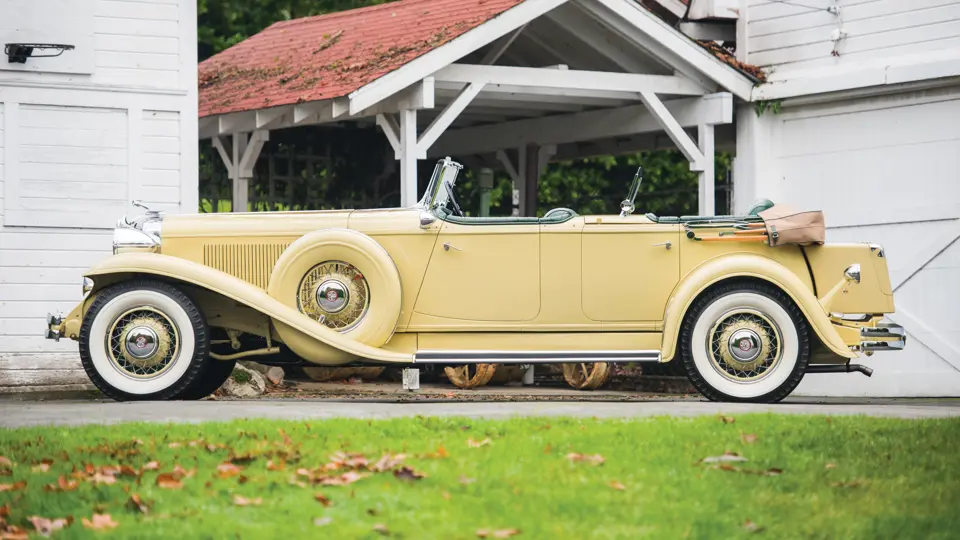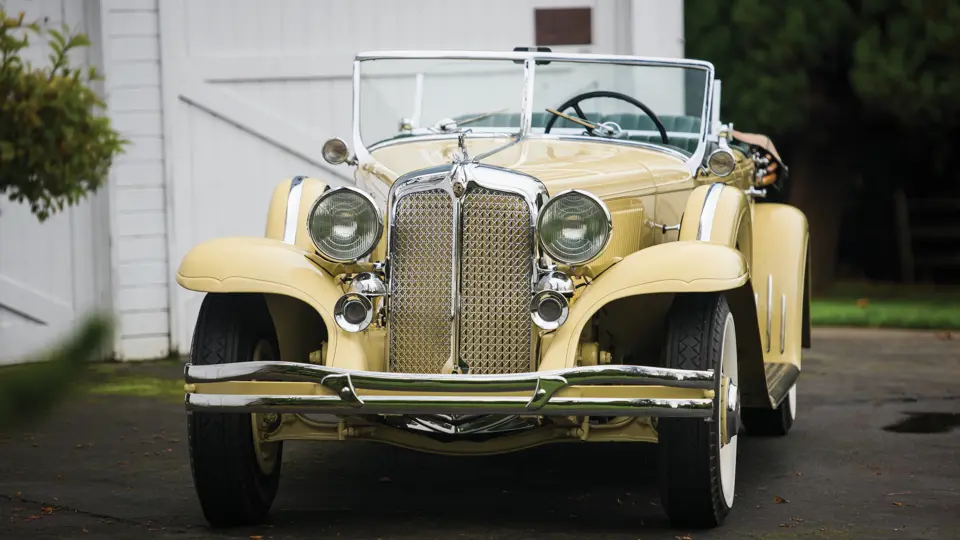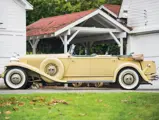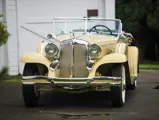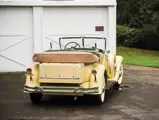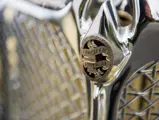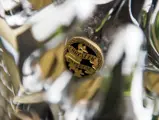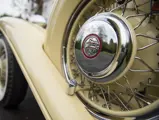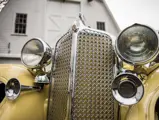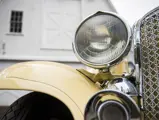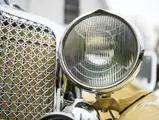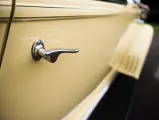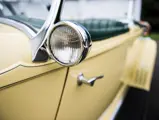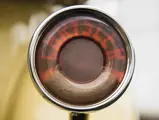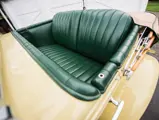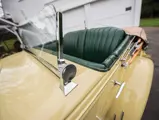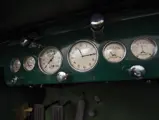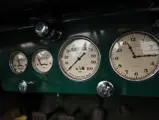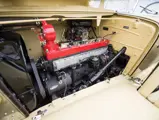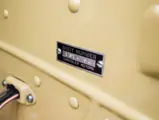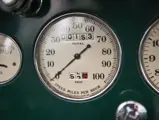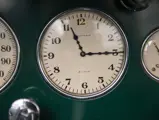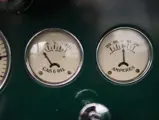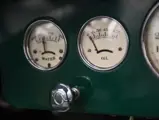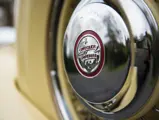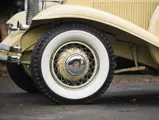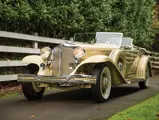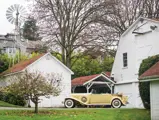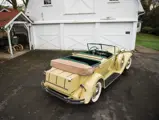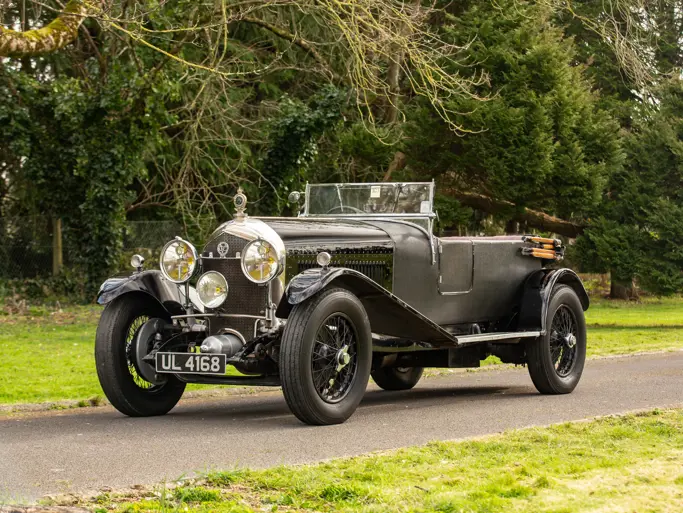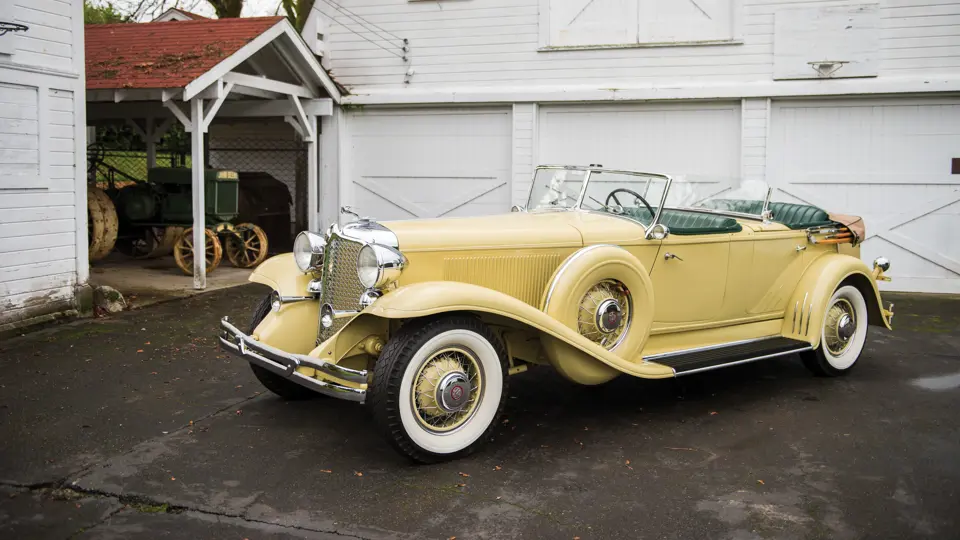
1931 Chrysler CG Imperial Dual-Cowl Phaeton by LeBaron
{{lr.item.text}}
$325,000 - $375,000 USD | Not Sold
{{bidding.lot.reserveStatusFormatted}}
- An excellent genuine, authentic, and well-known example
- One of about 10 known survivors of 85 originally built
- Original chassis, engine, and body
- Formerly of the Terry Radey and Joseph Morgan collections
- Restored by the respected craftsman Bud Hicks
125 bhp, 384.8 cu. in. L-head inline eight-cylinder engine, four-speed manual transmission with overdrive and freewheeling, solid front and live rear axles with semi-elliptical leaf spring suspension, and four-wheel hydraulic drum brakes. Wheelbase: 145 in.
By 1931, Chrysler’s Imperial had grown from simply an upmarket version of lesser models into something truly unique and special. It had been graced with classically beautiful styling, which was inspired by the Cord L-29, and was noteworthy for its massive 145-inch wheelbase chassis and smooth 125-horsepower straight-eight. Not only was this car big and powerful, but it was also a superb driver, with advanced steering geometry that made it shockingly easy to swing through wide corners at speed. The term “driver’s car” is seldom applied to American Classics of this era, but it is apt for the Imperial.
Drivers with funds to spare could opt for “semi-custom” bodywork that had been supplied by the LeBaron imprint of Briggs and styled by Ralph Roberts. With aviation in the forefront of American culture, the open LeBaron custom body styles adopted aircraft-like leather interiors that wrapped around the cowl and over the doors. Riding in one of the 85 Dual-Cowl Phaetons built in 1931 was like coasting along the ground in one’s biplane.
Surviving 1931 Imperial Dual-Cowl Phaetons are scarcer than their 1932 or 1933 counterparts, with only 10 examples known to exist today.
AN ORIGINAL IMPERIAL DUAL-COWL PHAETON
Imperial historian Joseph Morgan has traced and documented the known ownership histories of many of the surviving Dual-Cowl Phaetons. He notes that the example offered here, serial number 7802580, was acquired during the 1950s by Joe Fisher of Media, Pennsylvania, an early enthusiast of Classic Era Imperials, who performed the first restoration. Mr. Fisher retained the car until his death in 1982, at which point it was sold to the well-known Canadian collector, Terry Radey, who submitted the Chrysler to Bud Hicks of Marshall, Michigan, for restoration.
Now retired, Mr. Hicks was considered one of the Midwest’s foremost professional restorers, winning numerous honors in CCCA and concours d’elegance competitions nationwide. In a recent telephone conversation with RM Sotheby’s Research and Editorial team, he recounted that the Chrysler was a solid, complete older restoration, with good body wood and strong, largely rust-free original sheet metal, none of which had to be replaced in the course of the fresh body-off, ground-up restoration. The car was finished in “Hicks Yellow,” the unusual and attractive hue regularly used on his personal cars, with an interior in rich forest green leather. The restoration was awarded a CCCA National First Prize.
Mr. Hicks remains extremely proud of the Chrysler, and he considers it one of the finest restorations that he ever completed—a fact still evident in how well-preserved its finishes are, inside and out, to this day. Mr. Morgan, too, speaks well of the correctness, noting that the car was “done very well.” No surprise, the Imperial historian eventually acquired the Chrysler for his own personal collection and enjoyed it enough that he would own it twice over the intervening years. After over a decade in another private collection, it joined the current owner’s wonderful stable several years ago and has enjoyed good maintenance and care ever since.
A beautiful and rare example of what is arguably one of the most beautiful Full Classics, this Chrysler deserves a fine home in a new collection—one where its excellent older restoration will continue to be looked after and preserved for many years to come. It is due for a fresh round of show appearances, or, given the CG Imperial’s famous drivability, enjoyment on CARavans and tours. The possibilities are beautiful and endless.

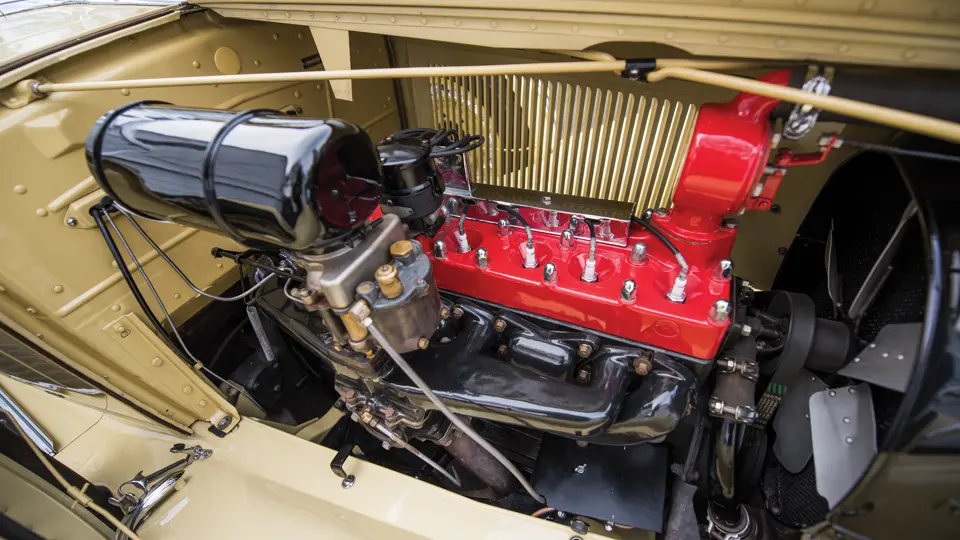



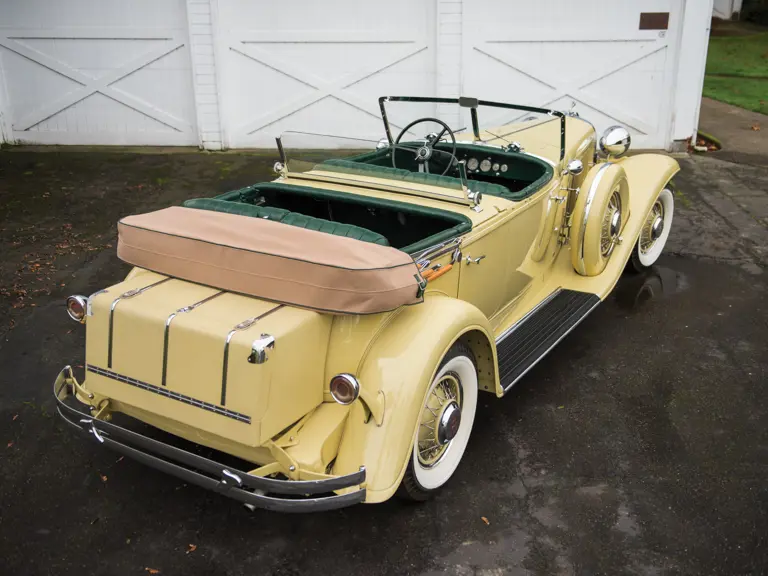


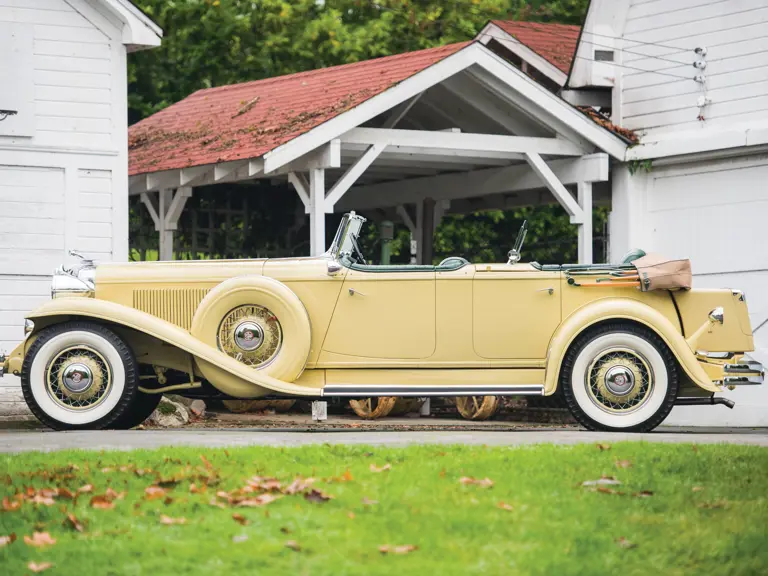
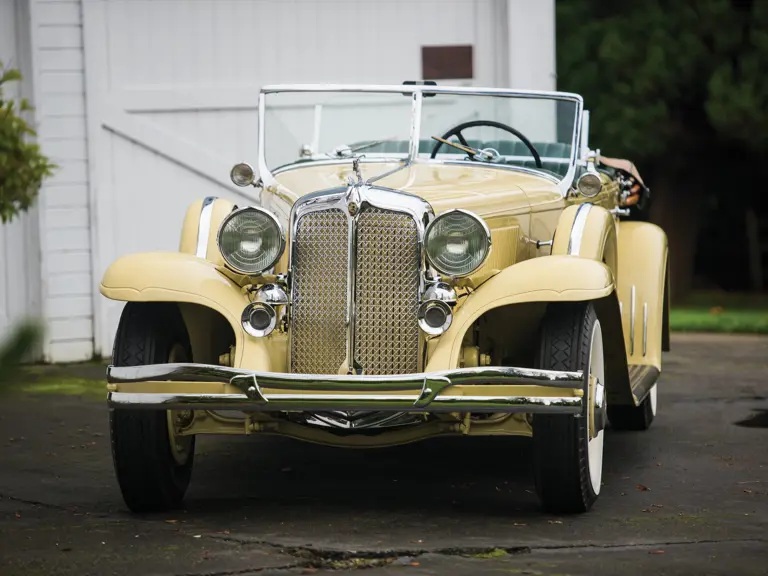
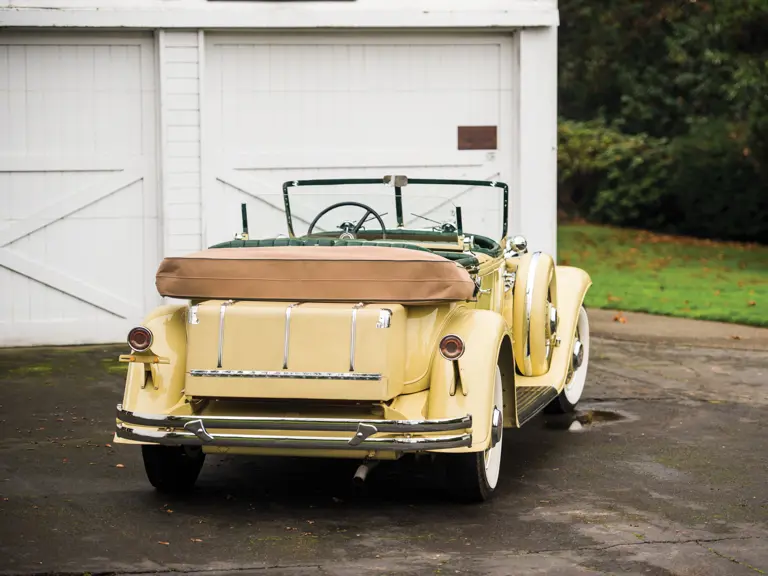
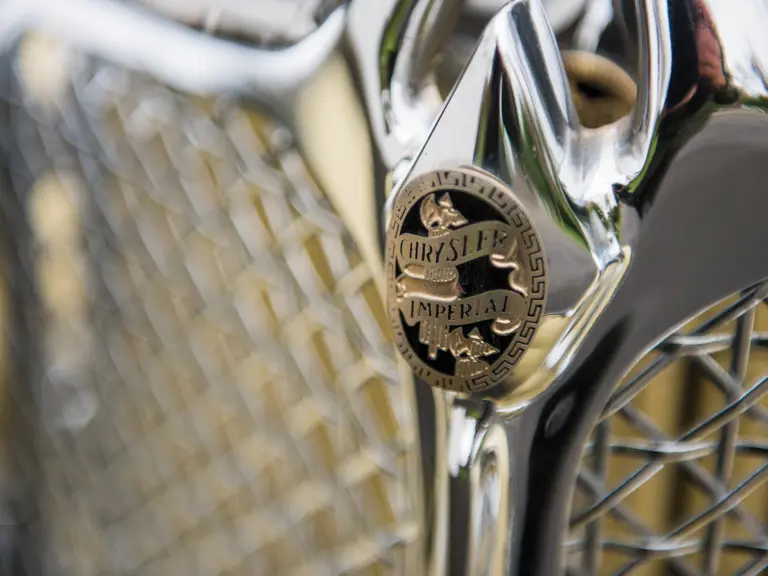
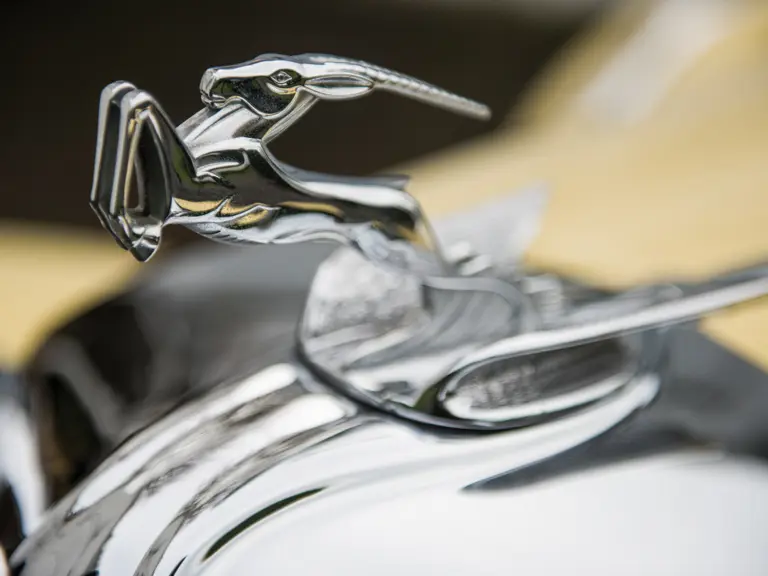
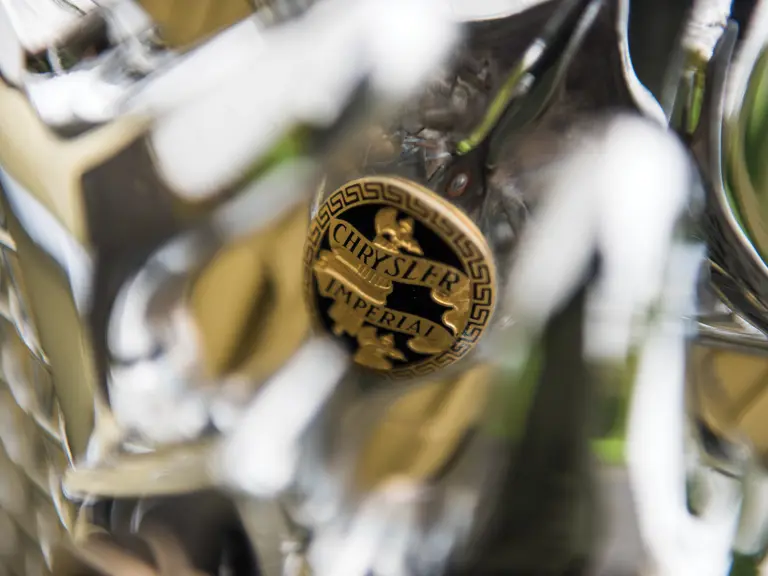

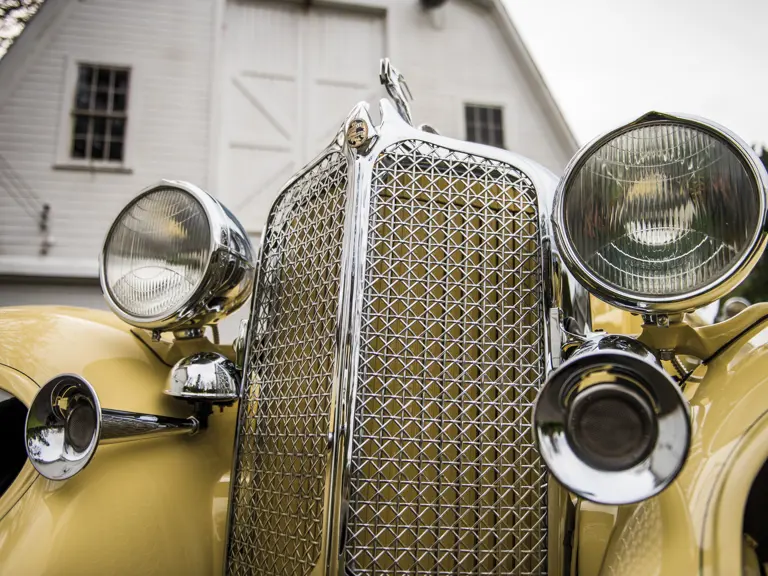

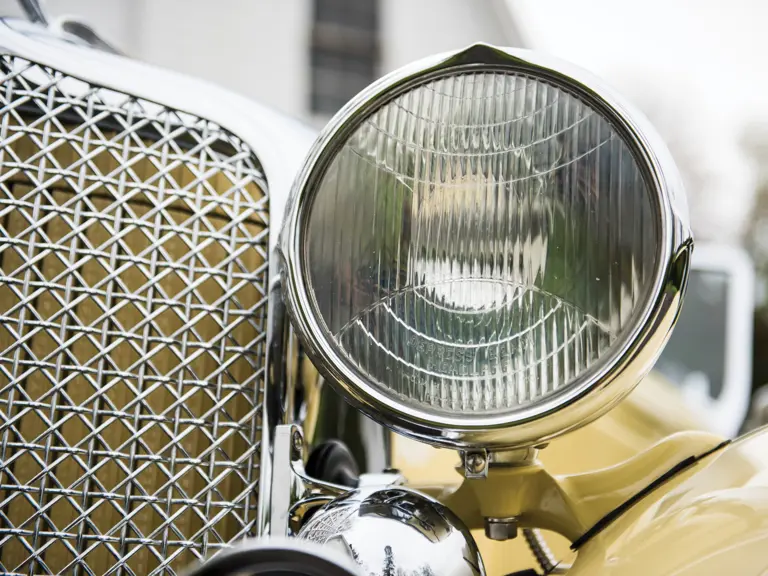
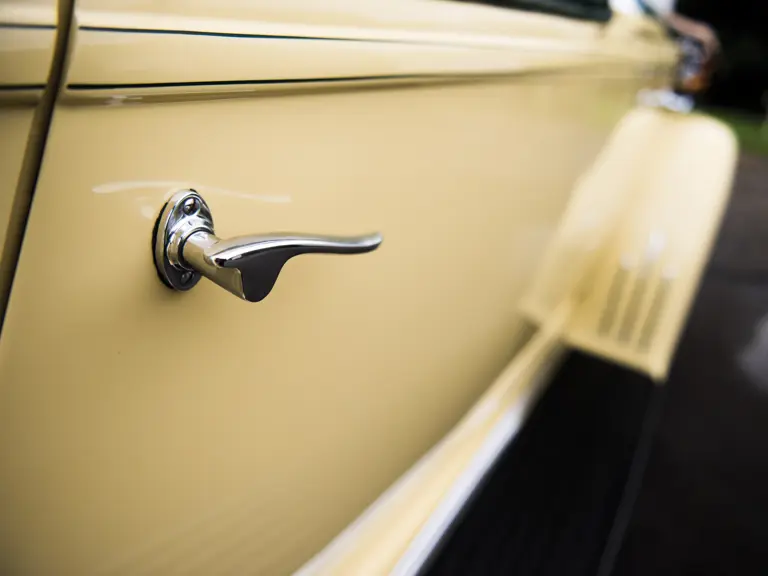
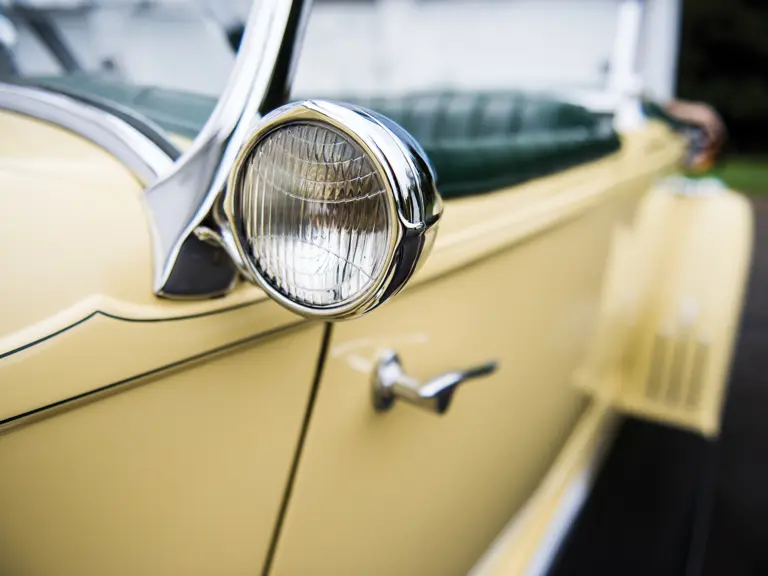
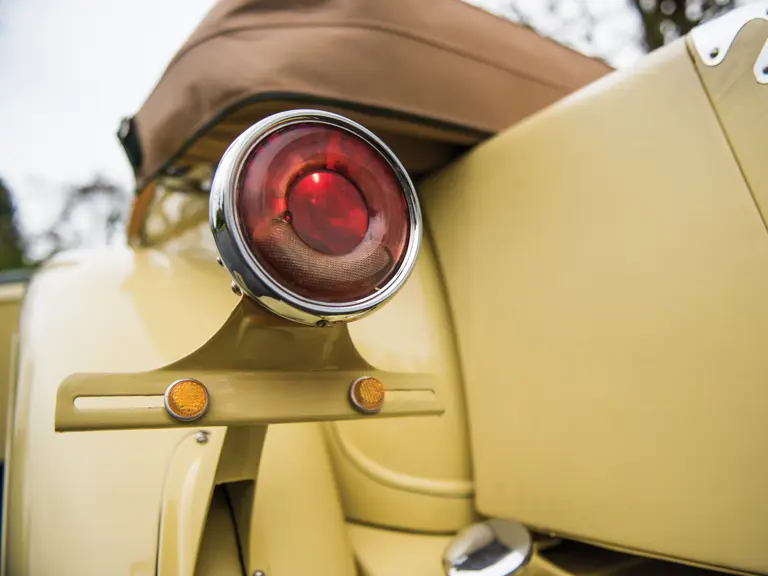
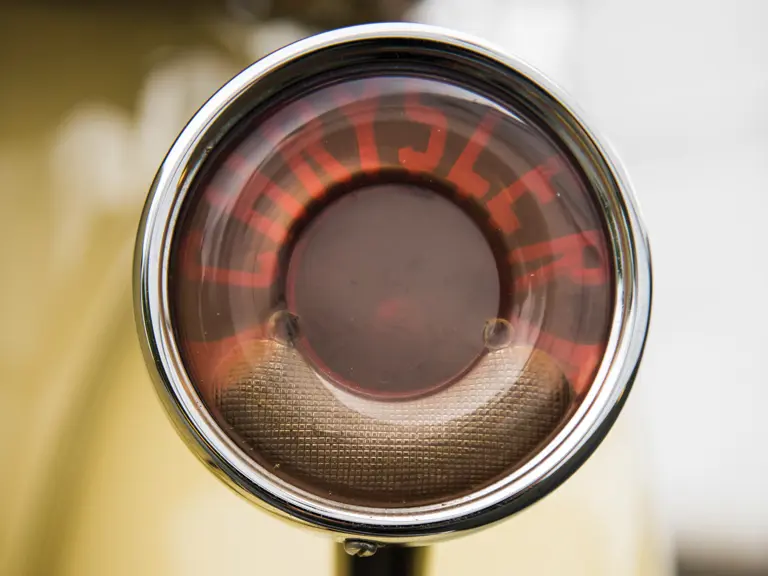
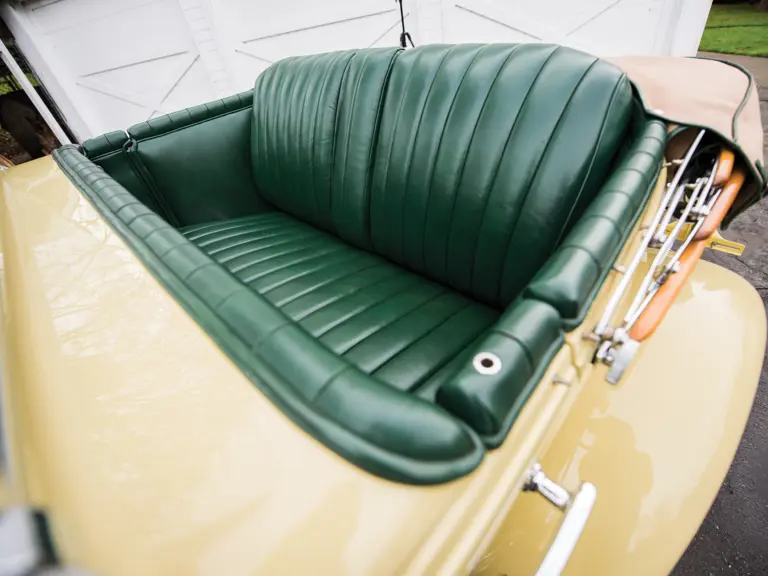
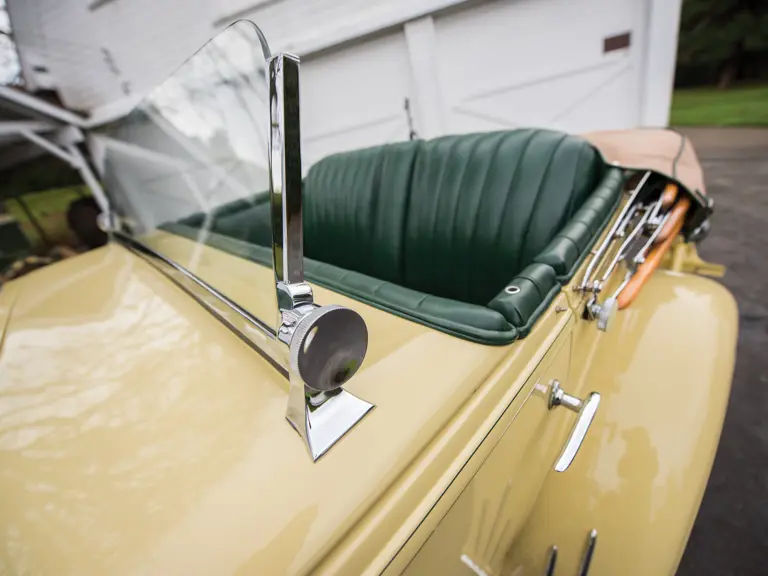


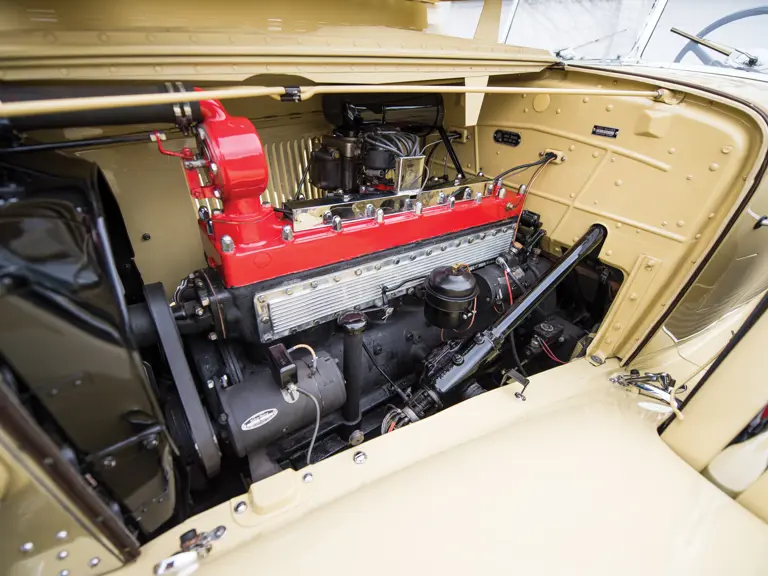
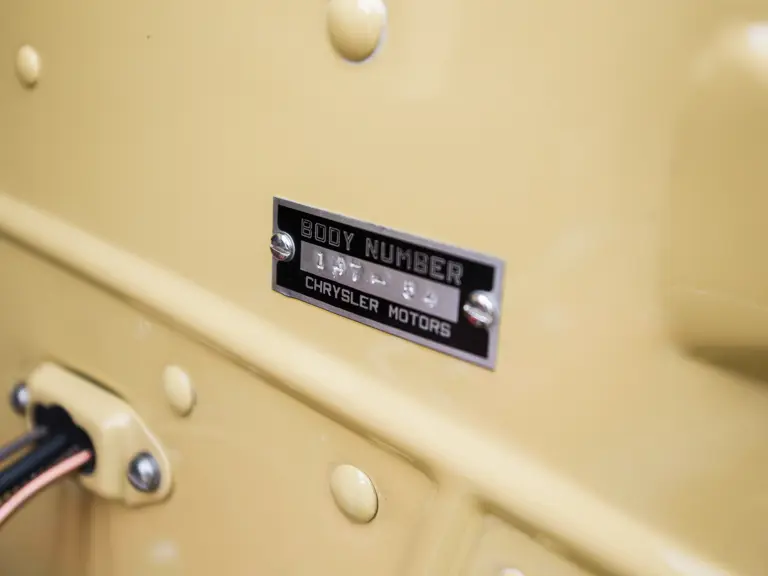
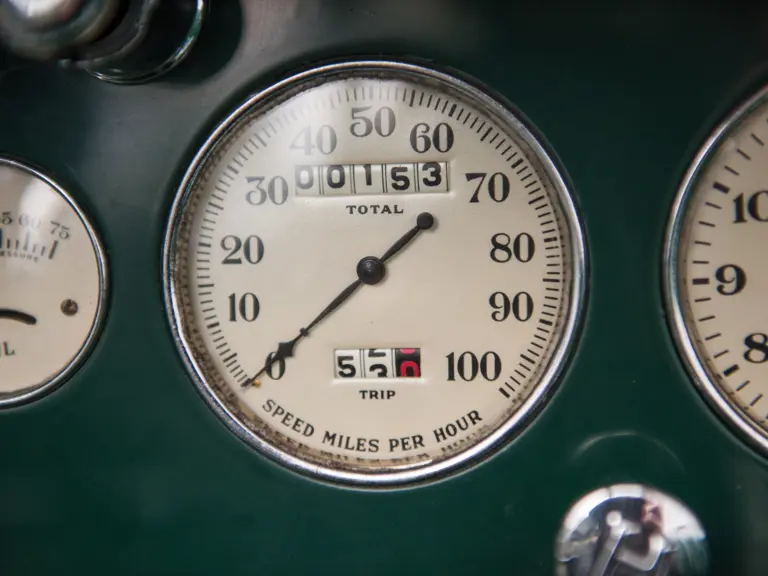
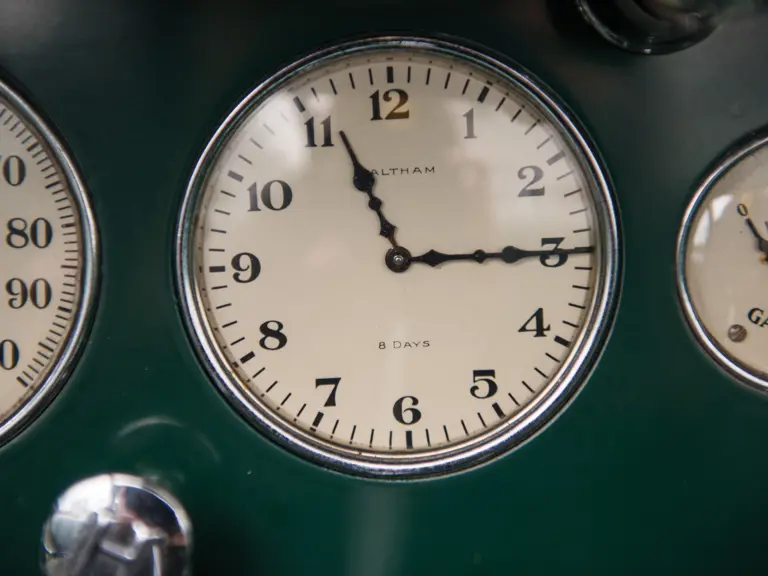
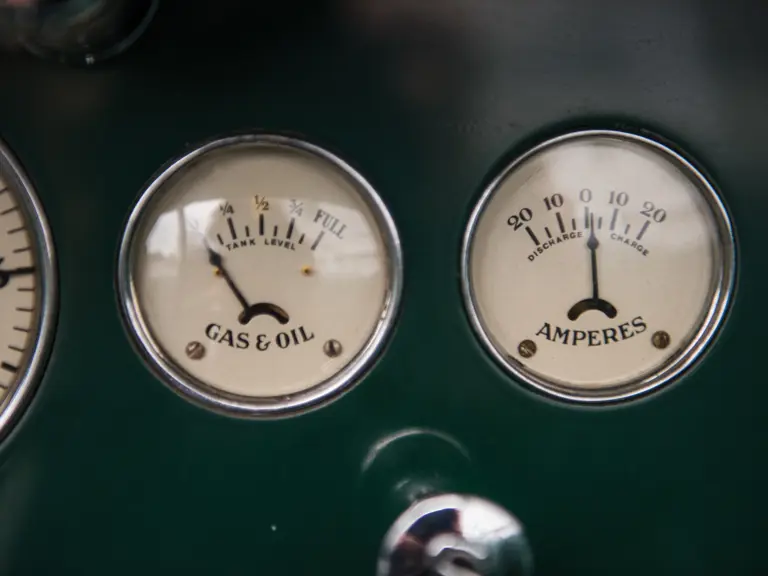
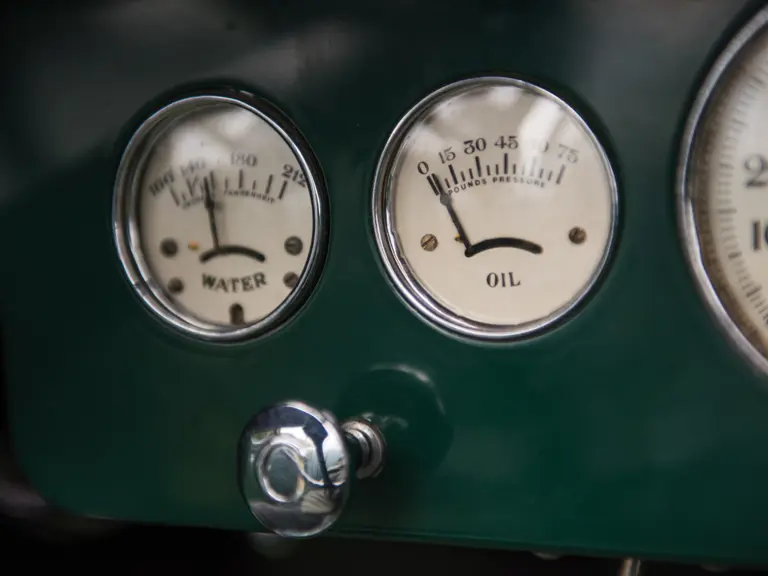
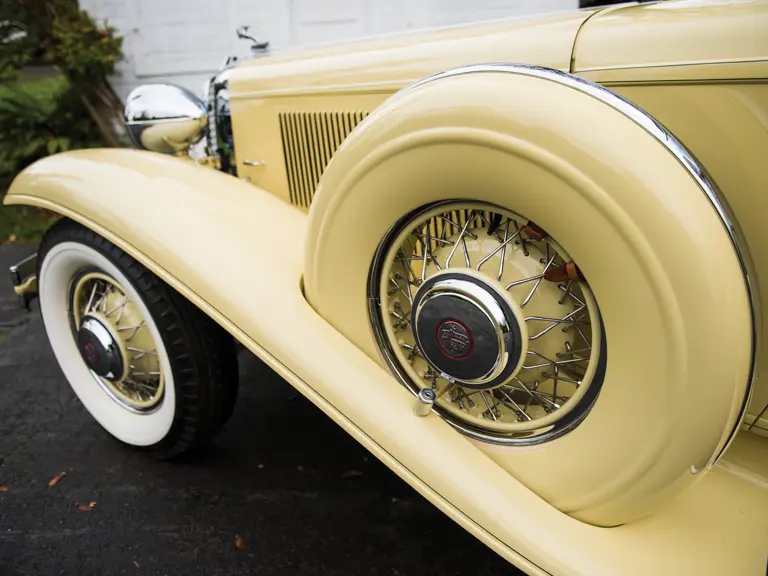
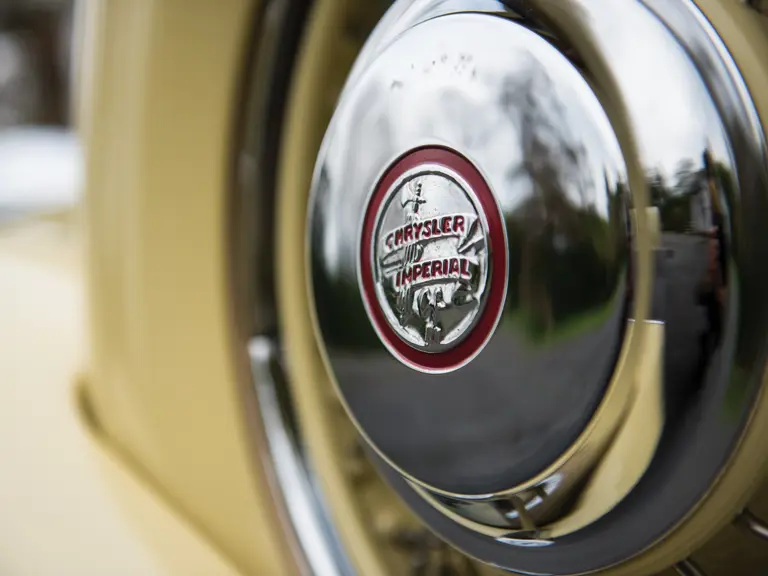
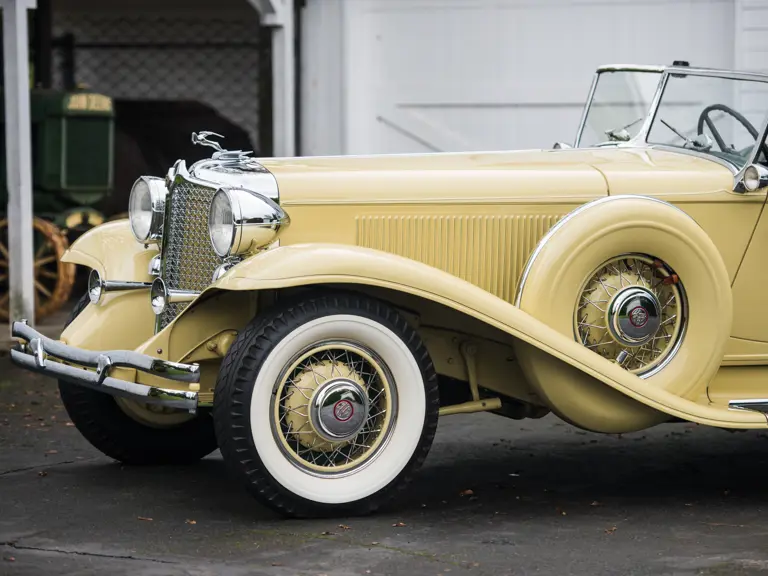

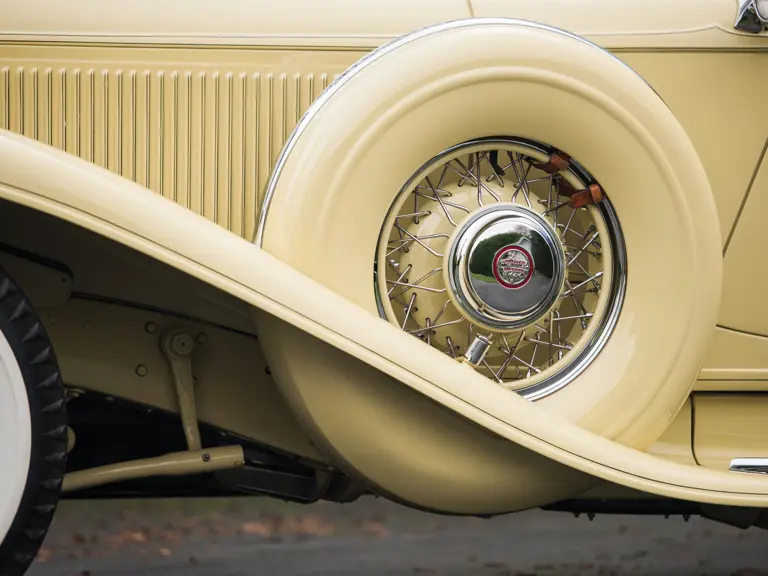

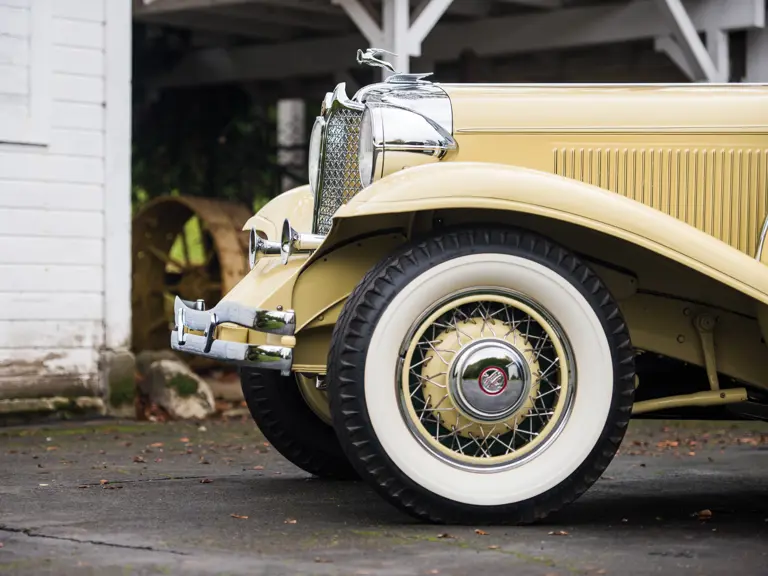

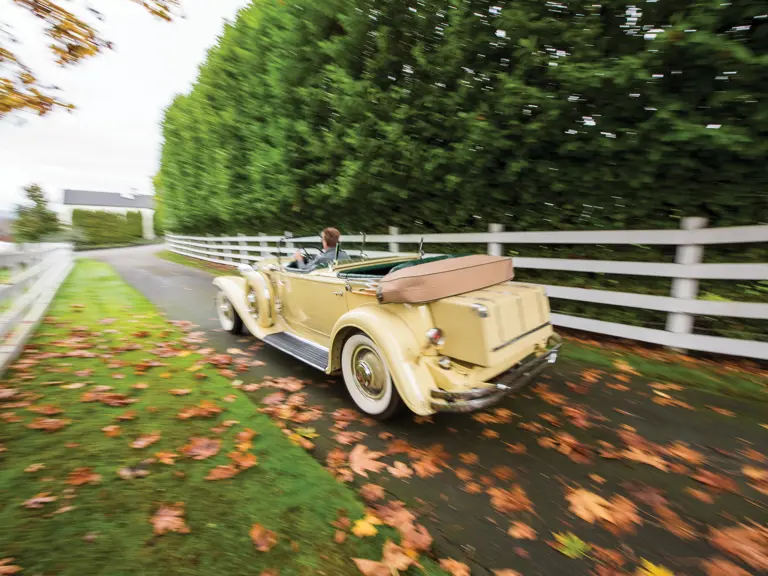
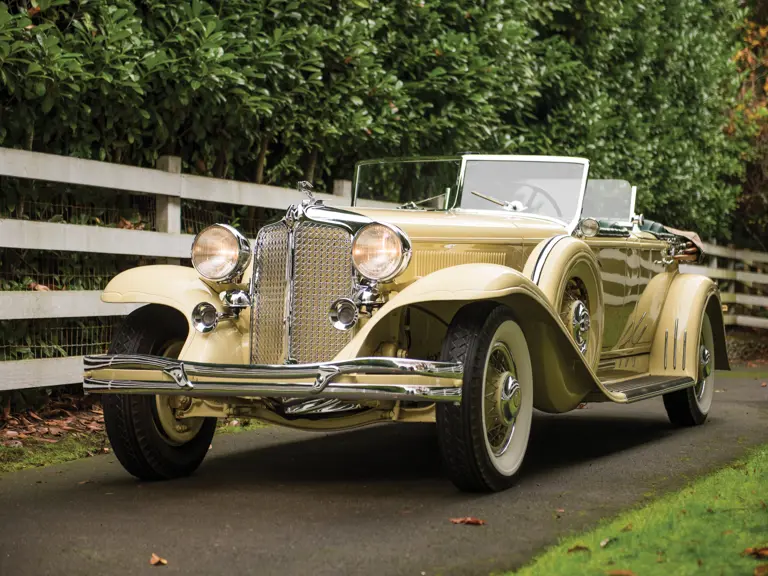
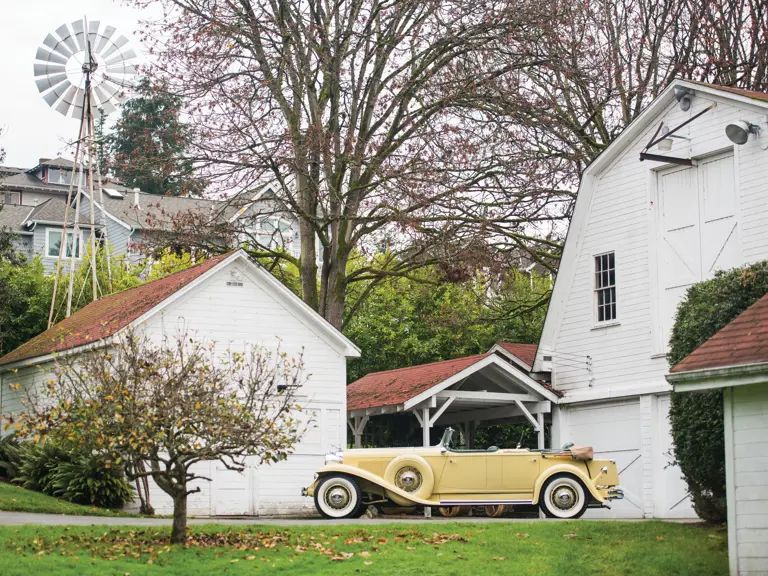
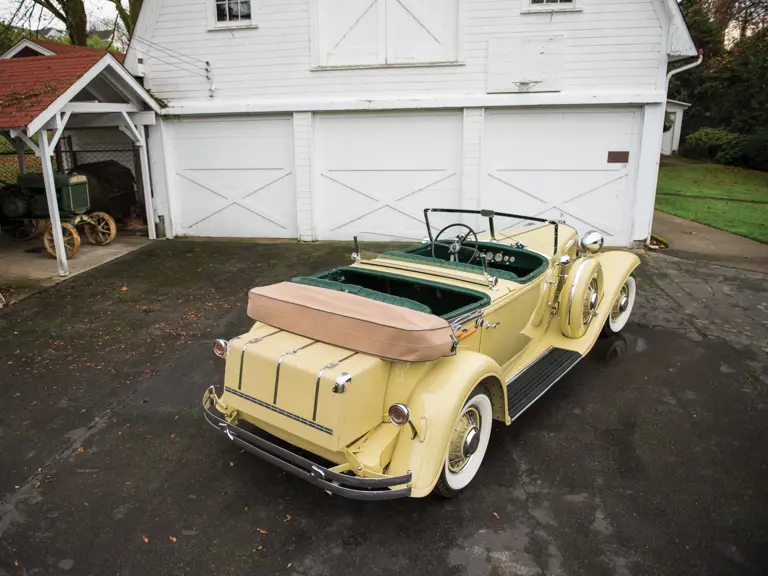
 | Phoenix, Arizona
| Phoenix, Arizona
